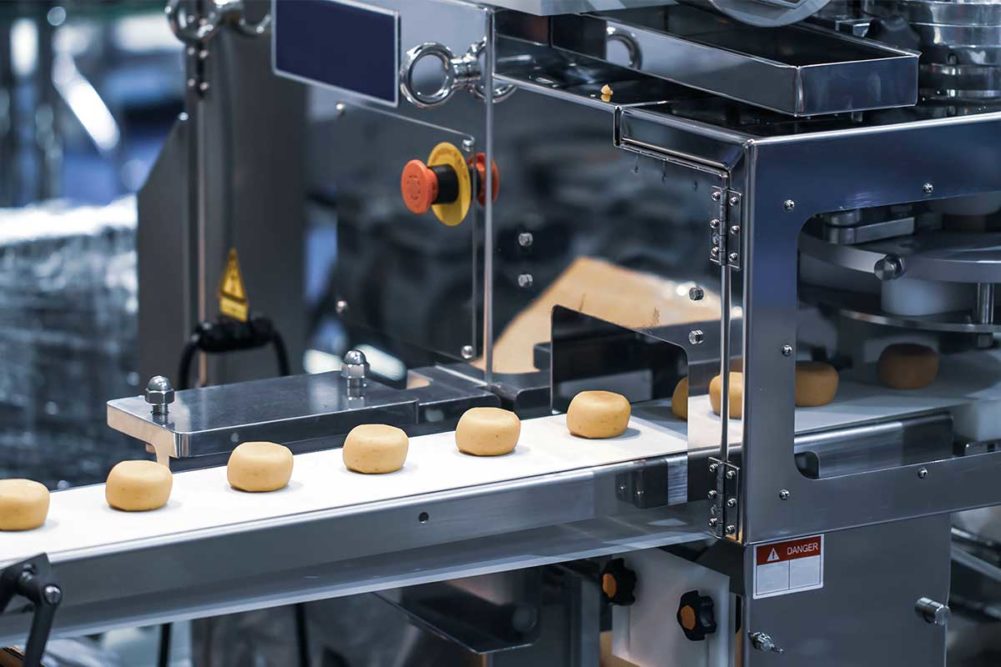The baking industry has experienced a trend of increased capital spending for three years now as companies have invested to keep up with massive demand in light of labor shortages. The Baking & Snack 2022-2023 Industrial Baking Capital Spending Study, sponsored by BEMA and conducted by Cypress Research, showed that while appetite for automation remains high, baking companies’ priorities and how they are spending that money is shifting as challenges are addressed and companies turn their attention to other goals.
Much of the data in this year’s study reflects baking companies’ need to continue meeting demand for baked goods as eating away from home increases and consumers look to comfort food as an affordable treat in the midst of inflationary pressures. Baking companies are focused on improving production for more efficiencies and increased capacity.
When looking at their capital improvement plans, 76% of bakeries are planning to spend on system improvements such as system integration and automation. Maintenance and replacement parts also remain a top priority with 69% reporting they will be spending capital investment dollars to keep their onsite inventories robust. This speaks to the continued uncertainty in the supply chain, which remains a major business concern with 67% reporting supply chain challenges will remain a concern for the next 12 to 18 months. Notable, however, is that when asked how their companies plan to spend dollars on capital improvements, more respondents are planning to invest in facility expansions (60%) as well as new buildings (27%) in 2023.
When diving into baking companies’ goals for their capital spending, the field was tight between all eight priorities, indicating they all remain important. However, differences in priorities from the 2022 study to the 2023 study were telling. Increasing capacity for existing products, improving process capability/flexibility and boosting production speed were all at the top with 63% each. Noteworthy this year is that increasing capacity for new products was in the second spot with 58% of respondents saying they’re prioritizing this goal, up from 53% in the previous year’s study.
“Food manufacturers still have to protect their place in the marketplace; they have to sell; they have to innovate,” said Jim Warren, BEMA chairman and vice president, Exact Mixing, Reading Bakery Systems. “Consumers tend to be fickle, and bakers and snack manufacturers realize that if they don’t innovate, if they don’t expand their product line, their competitors will take over the market. We’re going to see a revitalization of variety and developing new products in 2023.”
Goals of decreasing labor costs, making accommodations for lack of labor and improving food safety were all down from the previous year’s data. Decreasing labor costs dropped from 59% of respondents prioritizing this goal to 52% for 2023. Making accommodations for lack of labor fell six points from 56% to 50%. These numbers are still significant, with half of respondents noting labor as a priority, but the issue has lost ground to a focus on increased capacity and flexibility. Improving food safety and sanitation through capital investments saw the most significant decline from 60% to 48% for 2023 compared to 2022. Marjorie Hellmer, president of Cypress Research, pointed out that could be because bakers have installed automation and processes that address those issues for the time being.
“If bakers have made those investments, they can go back to the core drivers of speeding up production and becoming more efficient for reasons like increasing capacity, which we see here,” she said.
When looking at 2023 plans for equipment-specific capital spending, the breakout between maintaining existing equipment, upgrading existing equipment and adding new remains relatively similar to 2022. While 2023 plans to upgrade equipment and systems remained the same at 25%, maintaining existing equipment lost ground from 43% to 41% last year, while 34% indicated plans to add new equipment in 2023 compared to 32% in 2022. Packaging continues to lead equipment investments with 75% of baking companies reporting they will be buying this equipment in 2023. Mixing and makeup/dividing/depositing round out the top three with 58% and 55%, respectively. Material handling was in the top three in last year’s survey but for 2023, only 46% of respondents reported plans to spend money on this equipment, placing it in sixth. Again, this could be because those investments were made in 2022, allowing bakers to turn their attention to other areas of their facilities.
“In any food manufacturing facility, most of the people working are on the packaging line, second is mixing and then makeup,” Mr. Warren explained. “Packaging, mixing and makeup, bakers can upgrade their equipment and replace individual pieces. With material handling, you either have it or you don’t. That requires an investment in an entirely new system. You can automate processes in packaging in a much more cost-effective way than material handling.”
Yes, the baking industry encounters the same challenges every industry is facing: inflation, long lead times, increasing raw material costs, labor shortages and rising interest rates. But as this year’s Capital Spending Study shows, bakers continue to invest their way out of these challenges and report optimism for the future.
“Investing is the best option to automate, reduce labor and increase quality,” pointed out Kerwin Brown, president and chief executive officer of BEMA. “There’s still a lot of work being done on the plants, improving efficiencies and production. We, as an industry, have really positive momentum, and bakers are still investing.”
This article is an excerpt from the February 2023 issue of Baking & Snack. To read the entire feature on Capital Spending Study, click here.





